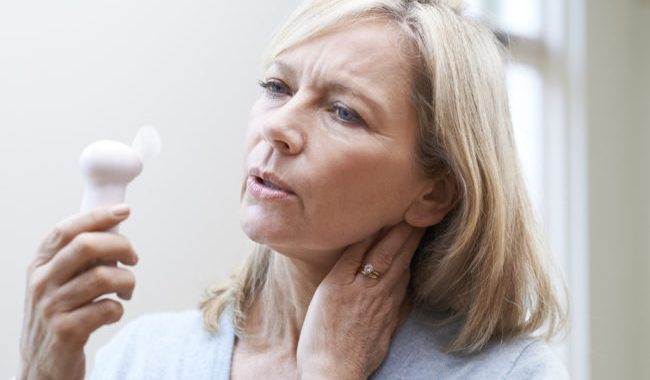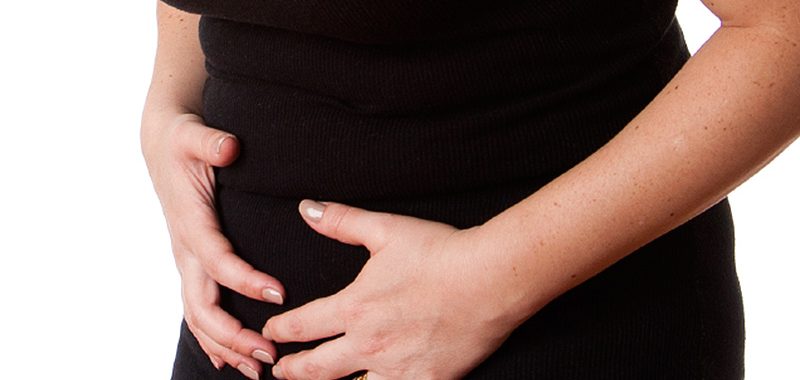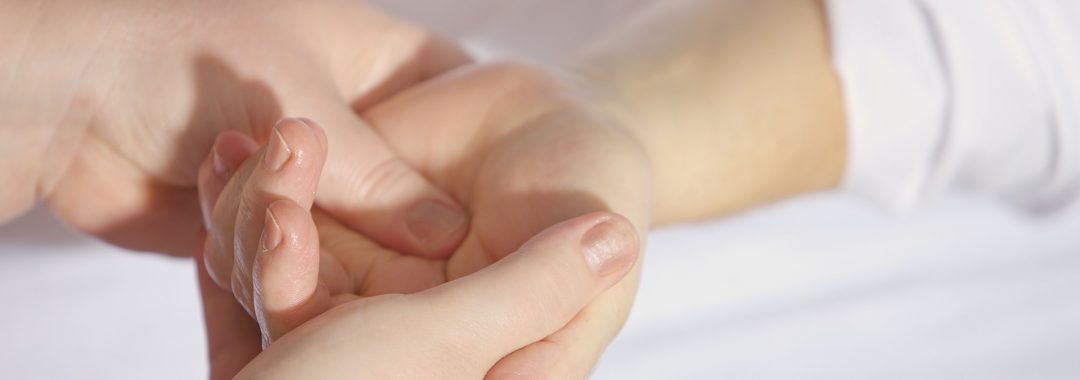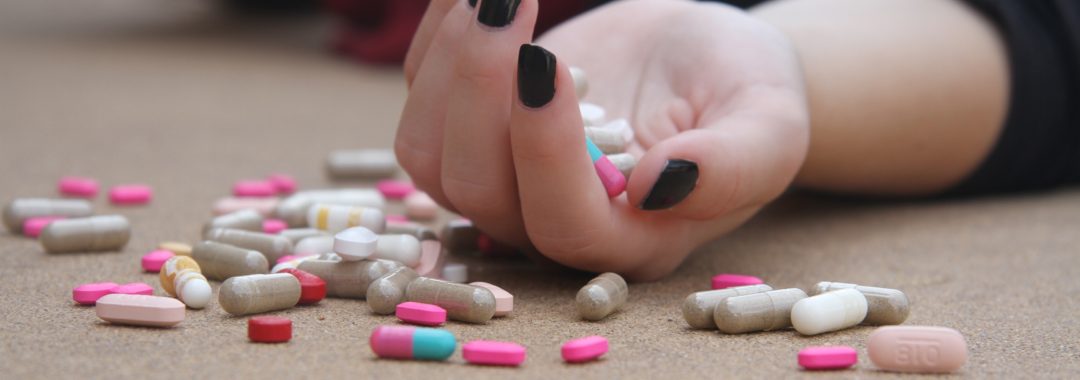The average Australian woman reaches menopause at 51 years of age- with a normal range from 40-55. Contrary to the popular concept, the female body does not become depleted of eggs at this time, but the remaining follicles become less and less responsive to hormonal stimulation.
Premature menopause is defined as cessation of ovarian function prior to 40 years of age. About 1% of women will experience menopause before 40.
The approach of menopause is signalled by rising LH and FSH levels as the pituitary attempts to prompt a response by the ovaries.
The menopause signals the permanent end of most ovarian function and hence the menstrual cycle in a woman’s life. Sex hormones don’t only influence reproductive tissues but also have a multitude of other functions including effects on bone and mineral metabolism, cardiovascular function, memory and cognition, effects on the breast and genitourinary system as well as nutrient absorption.
There are a variety of symptoms which are believed to be due to reduced oestrogen levels and approximately 85% of women will experience some of these symptoms to a greater or lesser degree. These symptoms can be summarised as:
Vasomotor symptoms– (these tend to be early onset):-Hot flushes ( or “flashes” as they are called in USA literature), Night sweats, Formication ( a particularly unpleasant sensation likened to ants crawling under the skin – “formica” is latin for ant)
Urogenital Symptoms– (tend to occur about 3-4 years after menopause):-Dry Vagina, Change in vaginal pH, Atrophic vaginitis/altered vaginal discharge, Dyspareunia, Urinary frequency/dysuria/aggravation of stress incontinence
Associated physical changes-these are partly the result of the normal ageing process, but may be accelerated by declining oestrogen levels. These may include decreased fitness and flexibility, changes in distribution of body fat, changes in sleep patterns
Loss of elasticity of skin and support tissues (may result in):- Worsening of uterine prolapsed, Loss of glandular breast tissue ( breast size and texture changes), Skin changes and wrinkling, Less nipple sensitivity and erectile potential, Joint and muscle pain, Skin dryness
Emotional and psychological changes– it is sometimes difficult to separate the hormonal from the personality-driven and situational as the cause for these symptoms, but women at the menopause may complain of such symptoms as:- Anxiety and/or depression, Insomnia, Lack of concentration and poor memory
Effects on Bone– (these effects may not become apparent until some years after menopause) :- Osteopenia/osteoporosis, Fracture and bone pain
There are other symptoms which have been ascribed to declining androgen levels, though the evidence is less clear-cut. These may include such symptoms as:
Change of body shape – increasing fat deposition around abdomen, less at buttocks and thighs
Loss of libido :- Many libido issues are caused by emotional issues and changes to lifestyle rather than being a hormonal issue
Change in body hair distribution– Pubic hair thins, hair on the head may thin or if woman carries the gene for male-pattern baldness may recede at temples and crown. Facial hair may increase.
Treating symptoms of Menopause
The main cause of people seeking treatment for the menopause is for relief from vasomotor symptoms, the main one being hot flushes or night sweats.
There is a lot of misinformation about the peri-menopause and menopause stage of a woman’s life. Some of the peri-menopause (meaning before the menopause) symptoms can start up to 8 years before a woman actually goes into menopause (meaning the menses stop). Then some of the actual menopausal symptoms can last many years after the menses has stopped and this is something that is not discussed enough and often poorly understood by many, including many healthcare practitioners.
Some women with menopausal symptoms do not choose to pursue any medical treatment when they experience it. However, some women have severe symptoms that affect their quality of life, and may need to have medical treatment in the form of hormone replacement.
One of the biggest fears around hormone replacement therapy is the increased risk of breast cancer. You can talk to your specialist, or doctor about these risks before you start any form of treatment. There are now compounded bio-identical hormones to assist menopausal symptoms and these may not have the breast cancer risk factors of conventional hormone replacement medications.
Examples of some medical treatments available for menopause include:
- Hormone replacement therapy, such as taking estrogen therapy at the lowest, most effective dose.
- Vaginal estrogen, which is applied directly to the vaginal tissues to aid with elasticity and assisting with vaginal atrophy
- Antidepressants (SSRI’s), have been shown to reduce the incidence of hot flashes in some postmenopausal women.
Traditional medical HRT can also help with bone strength and reduce the risk factors for heart disease.
Bioidentical Hormones
The Women’s Health Initiative of 2002, issued a warning against the long-term use of traditional hormone therapy (HT) because of the increased risk of breast cancer, but this study was poorly explained and created lots of panic for both practitioner and patient alike. Since then alternative methods, such as bioidentical hormone therapy, have been developed.
Bioidentical hormones are chemically the same as those that the body produces naturally. As a result, the body should is not able to tell the difference between the hormones it produces and the bioidentical ones. Bioidentical hormones can be made from a variety of sources that span plant and animal products and are said to have less side effects than traditional hormone replacement medications. Many women get great relief from Bio-identical Hormones, but it is important to speak to your healthcare provider about these and if they are suited for you.
Complementary Medicines
Women may also consider trying herbal medicines or other dietary supplements as a means to reduce the incidence of menopause symptoms. Anyone wishing to use complementary medicines should speak to a qualified healthcare practitioner about what is suitable for them. Never self prescribe natural medicines with consultation from a qualified healthcare practitioner.
Chinese Medicine and Acupuncture
Chinese medicine and Acupuncture may assist some menopausal symptoms, along side medical interventions.
Things to do at home
There are many things that a woman can do that may help reduce menopausal symptoms. These include:
- Avoiding triggers that are know to make hot flushes worse. Examples can eating spicy foods, drinking hot beverages, acidic foods, being in hot weather, or being in hot rooms.
- Using water-based vaginal lubricants during sexual activity to reduce discomfort due to dryness and thinning tissues. Vaginal estrogen creams may be needed as well.
- Reduce Stress & Practicing stress-relieving techniques. Examples can include mindfulness, Tai Chi, Qi Gong, meditation, yoga, journaling, massage, counselling and other forms of relaxation therapy
- Do not smoke. Smoking can increase the risk of hot flushes and contributes to many other health issues such as certain cancers.
- Do Weight Baring Exercise. Weight baring exercise is needed to keep strong and health bones and it also has other health benefits. You can also look into doing yoga and pilates to help with core strength and to help with pelvic floor strength and tone. Exercising can also help to relieve stress.
- Pelvic Floor Exercises. Kegels exercises or use of Vaginal eggs (ask about The O-VA), or Ba Wen Balls, can help with pelvic floor muscles and increase blood flow into the vagina and pelvic floor area and also help with bladder control. (4)
Summary
It must be noted that menopause is a normal part of a woman’s life and menopause is not a medical condition. The main reason that women seek help in menopause for is the menopausal symptoms such as hot flushes, dryness and loss of libido etc.
At my clinic I use a multi-modality and individualized approach to assisting the symptoms of menopause, while working alongside medical interventions and treatments.
Regards
Andrew Orr
-No Stone Left Unturned
-Women’s and Men’s Health Experts
-The Women’s Health Experts








